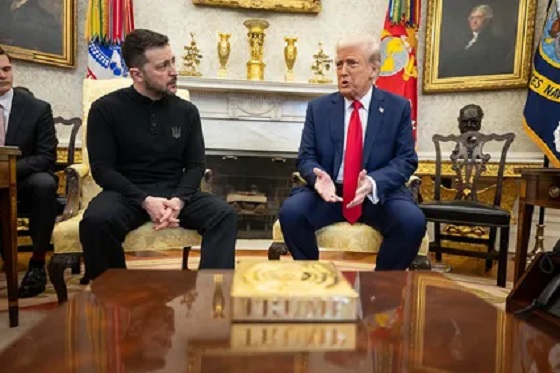Opinion
Paul Wells: A poor choice of venue
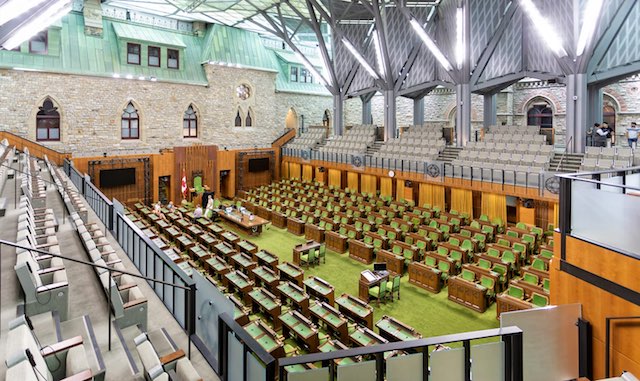
From Paul Wells on Substack
The Liberals wanted to beat Pierre Poilievre in the House of Commons. No such luck.
On Pierre Poilievre’s first day as leader of the Opposition, eleven months ago, the Liberals’ best available minister sought to frame the battle ahead.
“We are going to see two competing visions over the course of this session,” Randy Boissonnault said, largely ignoring Poilievre’s first question.
“The first is our government’s plan to support Canadians and those who need it most. The second is that of the Conservative Party and members of Parliament who would leave Canadians to their own devices.”
Boissonnault’s answer struck me at the time as the best available information about the Trudeau Liberals’ plan for Poilievre. It’s worth revisiting.
Paul Wells is a reader-supported publication. To receive new posts and support my work, consider becoming a free or paid subscriber.
At the time, late in September 2022, Poilievre had won a resounding victory over the rest of the Conservative leadership field. The Trudeau government had an opportunity to influence votes’ perceptions of the Liberals’ latest opponent. Many observers assumed the Liberals would do this through some sort of ad campaign, as Stephen Harper had done against Paul Martin, Stéphane Dion and Michael Ignatieff, and tried to do against Trudeau, always well ahead of an election.
Boissonnault was announcing the Liberals wouldn’t do this. The main parties’ “two competing visions” would become clear throughout “this session,” in the venue where life is divided into sessions: Parliament. (My procedure-wonk friends will remind me that a “session” isn’t a school year, it’s the space between a Throne Speech and a prorogation or dissolution. Still, a year is a good time for an interim check-in, and plainly things are happening.)
I’m going to say it hasn’t gone well for the Liberals. A stack of polls tells me so, but we don’t only need polls. The Cabinet has gathered in Charlottetown to hear from an academic who calls the state of housing in Canada “a crisis.”Meanwhile the guy who ran economic policy for Justin Trudeau’s government for seven years is calling affordable housing “the urgent economic need of today.” Imagine how many urgent economic needs we’ve heard about since 2015. Maybe the urgent economic need all along was to resist the urge to treat every need as urgent. Anyway the Liberals expected they could govern by picking issues that would work to their advantage. Instead an issue has been picked for them.
Poilievre made no secret of his own plan to use housing shortages to illustrate “two competing visions.” Every time he stood that day he repeated that housing prices had doubled under Trudeau. Boissonnault’s response was, in some cases, to ignore the question (“Mr. Speaker, let us talk about how people can pay their bills with our new dental plan”) and in others, to mention the day’s latest government policy: a one-time top-up to the Canada Housing Benefit, which would be worth $500 for people whose family income was under $35,000. The top-up began two months after Boissonnault spoke and ended three months after that, in March of this year. After that, Boissonnault and his colleagues would leave Canadians to their own devices, we might say.
Thank you for reading Paul Wells. This post is public so feel free to share it.
Why has the parliamentary session, as glimpsed since last September, been a bad choice of venue for the Liberals’ narrative of two competing visions? A few reasons.
First, most Canadians ignore Parliament. This trend has accelerated in the last eight years. Partly because the audience for just about any given thing in our society has declined as attention spans fragment. Partly because it’s increasingly obvious that the House of Commons no longer provides even occasional surprise. Stephen Harper and Jean Chrétien used to say surprising things. Not often. But they’d reveal a conversation they’d had, or announce a decision, or cleverly sabotage a question’s intended effect. This crew is earnest and general. Always.
Second, Poilievre likes Parliament more than Trudeau does. Not in the sense that he respects it as an institution. Neither of them does. The whole notion is quaint. But Poilievre looks forward to Question Period, rehearses for it, relishes its limited opportunities. Trudeau, who systematically demotes naysayers, has never believed he should have to put up with any in the middle of his workday.
It’s easy to understand a guy disliking Parliament. But disliking Parliament makes Parliament an odd choice of venue for making any kind of important case.
The third problem with the notion that an ordinary governing year would define Poilievre is that it allowed Poilievre to specialize while the government generalized. Any Canadian government has to manage the normal array of dreary files, the bilateral relationship with the U.S., the post-pandemic recovery, ports and bridges and health transfers and public-sector strikes. Not every day can be a message day, even for a government that tries to make its every act a message. That’s why governing parties often prefer to put the “governing” and “party” parts of their mission under distinct command structures.
It’s often said that in making his campaign team his governing team, Trudeau limited the effectiveness of his government. It’s increasingly clear the problem goes the other way too: How can a Prime Minister’s Office think clearly about politics?
The upshot is that while the Liberals have been fitfully defining their opponent he has been diligently defining them. It has gone better for him than for them. A new poll, by Abacus for the Toronto Star, shows that “more [respondents] think Poilievre is genuine than phoney, strong instead of weak, down to earth instead of elitist.” This will be vexing news for readers who think the Conservative leader is phoney, weak and elitist, but in politics the goal isn’t to believe your own beliefs really hard, it’s to get other people to believe them. Here the Liberals’ problem is much like their problem on housing: It’s as though they just realized they have a job to do.
A note to readers as an election approaches, whether that election happens in 2023, 2024 or 2025. If you have a strong emotional investment in anyoutcome in that election, this newsletter will certainly disappoint you. I’m not here to help Poilievre. I’m not here to defend Trudeau. I see qualities and flaws in each. I might even amaze everyone by mentioning the NDP, once or twice. This isn’t an artificial stance born of some mandate for “objectivity” or, worse, “balance.” I’m selling my opinions here. But my opinions don’t line up cleanly with the party lines in most elections and they won’t in this one.
Readers who are inclined to work fulltime to correct other readers’ opinions should remind themselves that the election won’t be won or lost in the comment board of the Paul Wells newsletter. Thanks, as always, for your support and interest.
Subscribe to Paul Wells. For the full experience, upgrade your subscription.
conflict
One dead, over 60 injured after Iranian missiles pierce Iron Dome

 MxM News
MxM News
Quick Hit:
Iran launched four waves of missile attacks Friday night, breaching Israel’s defenses and killing at least one person. Over 60 others were injured, with the IDF confirming direct strikes on civilian areas in Tel Aviv and central Israel.
Key Details:
-
The Israel Defense Forces reported four rounds of Iranian missile fire, with at least ten missiles making impact inside Israel.
-
One person was killed and 63 wounded, including several in critical condition, according to The Jerusalem Post.
-
The IDF said Iran deliberately targeted civilians, contrasting its own earlier strikes that focused on Iranian military assets.
⚠️RAW FOOTAGE: Iran launched multiple ballistic missiles toward Israel in the past hours.
The IDF cannot, and will not, allow Iran to attack our civilians. pic.twitter.com/IrDK05uErm
— Israel Defense Forces (@IDF) June 13, 2025
Diving Deeper:
Several Iranian missiles broke through Israel’s air defenses during Friday night’s attack, striking Tel Aviv and other civilian areas. According to The Jerusalem Post, at least 63 people were wounded and one person was killed after four waves of Iranian ballistic missile strikes hit cities across Israel.
The IDF reportedly said roughly 100 missiles were fired in total. While the Iron Dome intercepted many, multiple missiles made it through and exploded in densely populated areas. Dramatic video showed a missile striking near downtown Tel Aviv, sending fire and debris into the air as people ran for cover.
Army Radio confirmed that ten missiles landed inside Israel between the first two waves. By the time the third and fourth waves hit, injuries had climbed sharply, with several listed in critical condition. The one fatality was reported late Friday night.
The Israeli Home Front Command temporarily allowed civilians to exit shelters but quickly reversed that guidance, urging residents to stay near protected areas amid fears of further attacks.
The IDF emphasized the nature of the targets, calling out Iran for targeting civilians. The IDF also released maps showing where air raid sirens were triggered throughout the night. Though Israel’s Home Front Command briefly allowed civilians to exit shelters, it advised them to remain nearby in case of continued strikes. As of late Friday, Iranian officials claimed a fifth wave could follow.
With tensions still high, Israeli defense officials are preparing for potential further escalation—and weighing how to respond to a direct Iranian attack on civilians.
Fraser Institute
Long waits for health care hit Canadians in their pocketbooks

From the Fraser Institute
Canadians continue to endure long wait times for health care. And while waiting for care can obviously be detrimental to your health and wellbeing, it can also hurt your pocketbook.
In 2024, the latest year of available data, the median wait—from referral by a family doctor to treatment by a specialist—was 30 weeks (including 15 weeks waiting for treatment after seeing a specialist). And last year, an estimated 1.5 million Canadians were waiting for care.
It’s no wonder Canadians are frustrated with the current state of health care.
Again, long waits for care adversely impact patients in many different ways including physical pain, psychological distress and worsened treatment outcomes as lengthy waits can make the treatment of some problems more difficult. There’s also a less-talked about consequence—the impact of health-care waits on the ability of patients to participate in day-to-day life, work and earn a living.
According to a recent study published by the Fraser Institute, wait times for non-emergency surgery cost Canadian patients $5.2 billion in lost wages in 2024. That’s about $3,300 for each of the 1.5 million patients waiting for care. Crucially, this estimate only considers time at work. After also accounting for free time outside of work, the cost increases to $15.9 billion or more than $10,200 per person.
Of course, some advocates of the health-care status quo argue that long waits for care remain a necessary trade-off to ensure all Canadians receive universal health-care coverage. But the experience of many high-income countries with universal health care shows the opposite.
Despite Canada ranking among the highest spenders (4th of 31 countries) on health care (as a percentage of its economy) among other developed countries with universal health care, we consistently rank among the bottom for the number of doctors, hospital beds, MRIs and CT scanners. Canada also has one of the worst records on access to timely health care.
So what do these other countries do differently than Canada? In short, they embrace the private sector as a partner in providing universal care.
Australia, for instance, spends less on health care (again, as a percentage of its economy) than Canada, yet the percentage of patients in Australia (33.1 per cent) who report waiting more than two months for non-emergency surgery was much higher in Canada (58.3 per cent). Unlike in Canada, Australian patients can choose to receive non-emergency surgery in either a private or public hospital. In 2021/22, 58.6 per cent of non-emergency surgeries in Australia were performed in private hospitals.
But we don’t need to look abroad for evidence that the private sector can help reduce wait times by delivering publicly-funded care. From 2010 to 2014, the Saskatchewan government, among other policies, contracted out publicly-funded surgeries to private clinics and lowered the province’s median wait time from one of the longest in the country (26.5 weeks in 2010) to one of the shortest (14.2 weeks in 2014). The initiative also reduced the average cost of procedures by 26 per cent.
Canadians are waiting longer than ever for health care, and the economic costs of these waits have never been higher. Until policymakers have the courage to enact genuine reform, based in part on more successful universal health-care systems, this status quo will continue to cost Canadian patients.
-
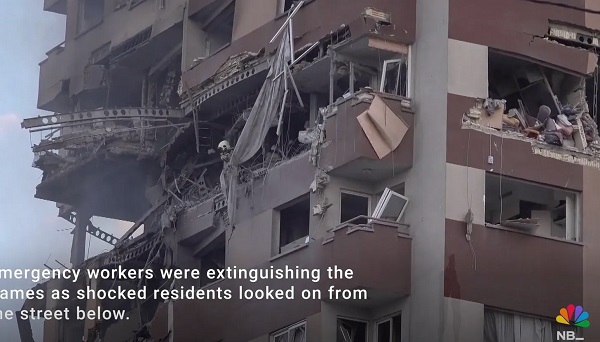
 International1 day ago
International1 day agoIsrael’s Decapitation Strike on Iran Reverberates Across Global Flashpoints
-
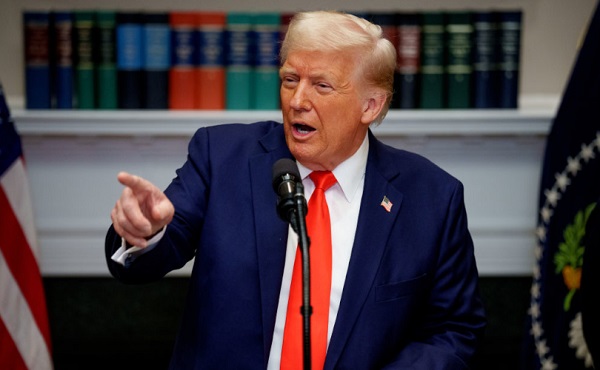
 Business2 days ago
Business2 days agoTrump: ‘Changes are coming’ to aggressive immigration policy after business complaints
-
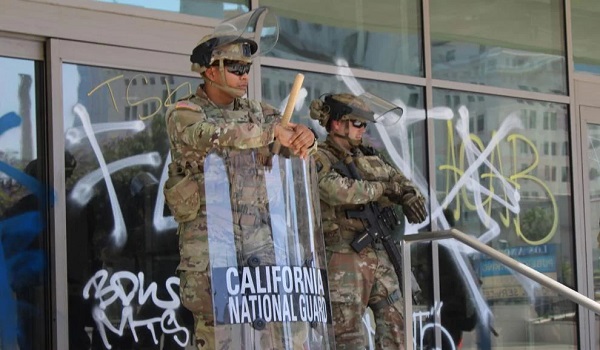
 illegal immigration2 days ago
illegal immigration2 days agoLA protests continue as judge pulls back CA National Guard ahead of ‘No Kings Day’
-
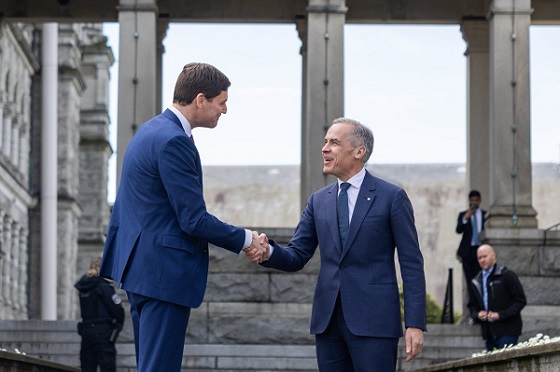
 Business2 days ago
Business2 days agoThe carbon tax’s last stand – and what comes after
-

 National2 days ago
National2 days agoCarney promotes MP instrumental in freezing Freedom Convoy donors’ bank accounts
-
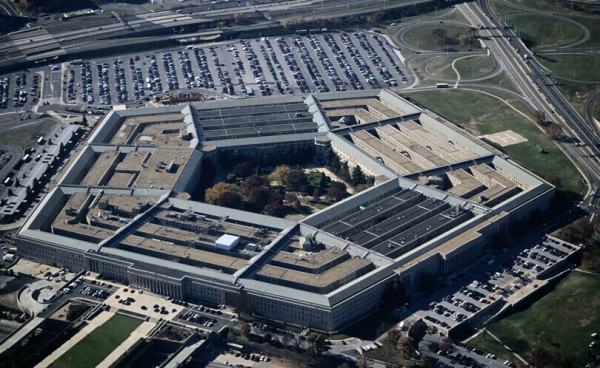
 International2 days ago
International2 days agoPentagon agency to simulate lockdowns, mass vaccinations, public compliance messaging
-

 conflict2 days ago
conflict2 days agoIsrael strikes Iran, targeting nuclear sites; U.S. not involved in attack
-

 Alberta1 day ago
Alberta1 day agoPunishing Alberta Oil Production: The Divisive Effect of Policies For Carney’s “Decarbonized Oil”



